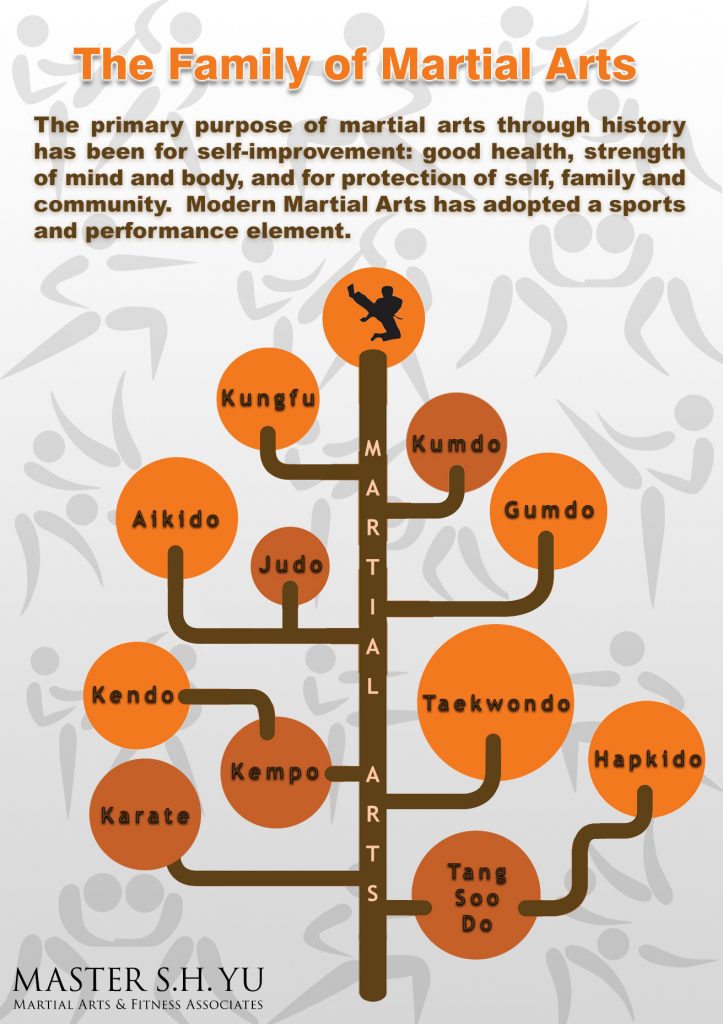Start A Fascinating Experience Into The Realm Of Martial Arts, Where The Combination Of Old-Time Customs And Modern Performance Awaits
Start A Fascinating Experience Into The Realm Of Martial Arts, Where The Combination Of Old-Time Customs And Modern Performance Awaits
Blog Article
Team Writer-Fyhn Patterson
Step into the ancient world where martial arts were substantiated of necessity in varied areas. Societies crafted unique battling styles intertwined with historic contexts. Methods advanced over centuries via dedicated practice and cultural exchanges. Today, modern-day martial arts mix traditional elements for optimal performance. Philosophically, martial arts highlight technique, self-improvement, and harmony. Respect, humility, and equilibrium are foundational concepts directing practitioners in the direction of development and durability. Discover the depths of this abundant background and viewpoint to uncover the extensive impacts shaping this enduring discipline.
Beginnings of Fighting Style
Fighting style came from different regions around the globe, advancing as sensible combat systems to defend against dangers. These ancient fighting designs were created out of requirement, with each culture crafting strategies suited to their distinct environments and obstacles. From martial arts is good for mind and health grappling arts of Jujutsu in Japan to the striking techniques of Kung Fu in China, martial arts were deeply intertwined with the historical, social, and cultural fabric of their respective cultures.
In Japan, the samurai class polished martial arts like Kenjutsu, the art of the sword, which later advanced right into the much more popularized form of Kendo. Meanwhile, in Brazil, Capoeira emerged as a mix of dancing and battle, produced by enslaved Africans as a means to withstand injustice. Each martial art brings with it an abundant history and ideology, mirroring the worths and ideas of the people that exercised them.
As you explore the origins of martial arts, you discover a tapestry of human ingenuity, resilience, and the unrelenting spirit of warriors throughout time.
Evolution of Methods
Via centuries of practice and improvement, fight methods within various martial arts have undergone a profound evolution. From old styles like Kung Fu and Karate to more modern-day disciplines such as Brazilian Jiu-Jitsu and Krav Maga, the evolution of methods has been driven by a combination of cultural impacts, practical applications, and technical advancements.
One substantial element of this evolution is the cross-pollination of techniques in between different martial arts. As an example, methods from conventional Japanese Jiu-Jitsu were integrated into the development of Judo by Jigoro Kano in the late 19th century. This mixing of styles has caused the growth of crossbreed martial arts like Mixed Martial Arts (MMA), which combine components of striking, grappling, and submission techniques.
Furthermore, the advancement of methods has been formed by the raising emphasis on efficiency and effectiveness in battle. Experts have continuously looked for to fine-tune their strategies through extensive training, testing, and competition, resulting in the growth of highly specialized and efficient fighting styles. Generally, the evolution of techniques in martial arts mirrors the dynamic nature of battle and the recurring mission for enhancement and innovation.
Thoughtful Structures
Discovering the underlying thoughtful concepts of martial arts offers understanding into their core worths and leading ideas. At the heart of many martial arts techniques is the concept of discipline itself. By training your mind and body to serve as one cohesive system, you cultivate self-control that expands past the dojo or health club right into daily life. This discipline includes regard, humility, and self-discipline, shaping not just your physical abilities however additionally your personality.
https://people.com/tv/karate-kid-actors-in-cobra-kai/ in martial arts is the idea of continual self-improvement. The trip of grasping a martial art is continuous, with practitioners frequently striving to much better themselves, both literally and psychologically. This focus on growth fosters durability, determination, and a growth way of thinking that can be applied to all elements of life.
Additionally, martial arts highlight the importance of harmony and equilibrium. Methods are developed to use an opponent's energy against them, highlighting the concept of yielding and redirecting force as opposed to meeting it head-on. This approach reaches social partnerships, advertising tranquil resolutions and mutual understanding. By accepting these philosophical foundations, martial artists not only improve their battle abilities but likewise grow a way of living centered on personal growth, respect, and harmony.
Verdict
In conclusion, the history and viewpoint of martial arts provide an abundant tapestry of practice, technique, and self-improvement.
Consider instance the story of Bruce Lee, that transformed martial arts by blending various designs and approaches to develop his own special form of Jeet Kune Do.
With dedication and technology, martial artists remain to press borders and motivate others to reach their full potential both in fight and in life.
